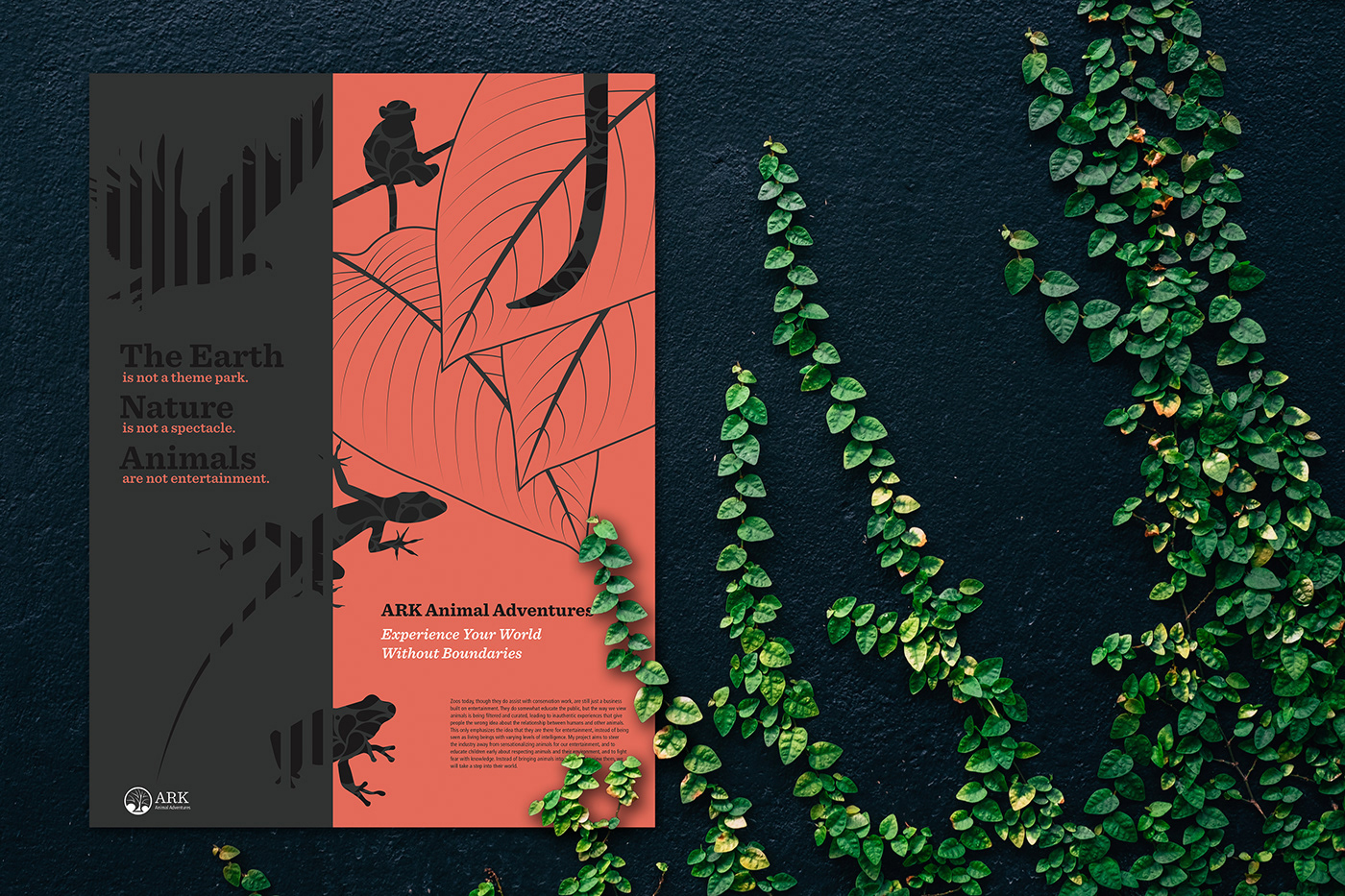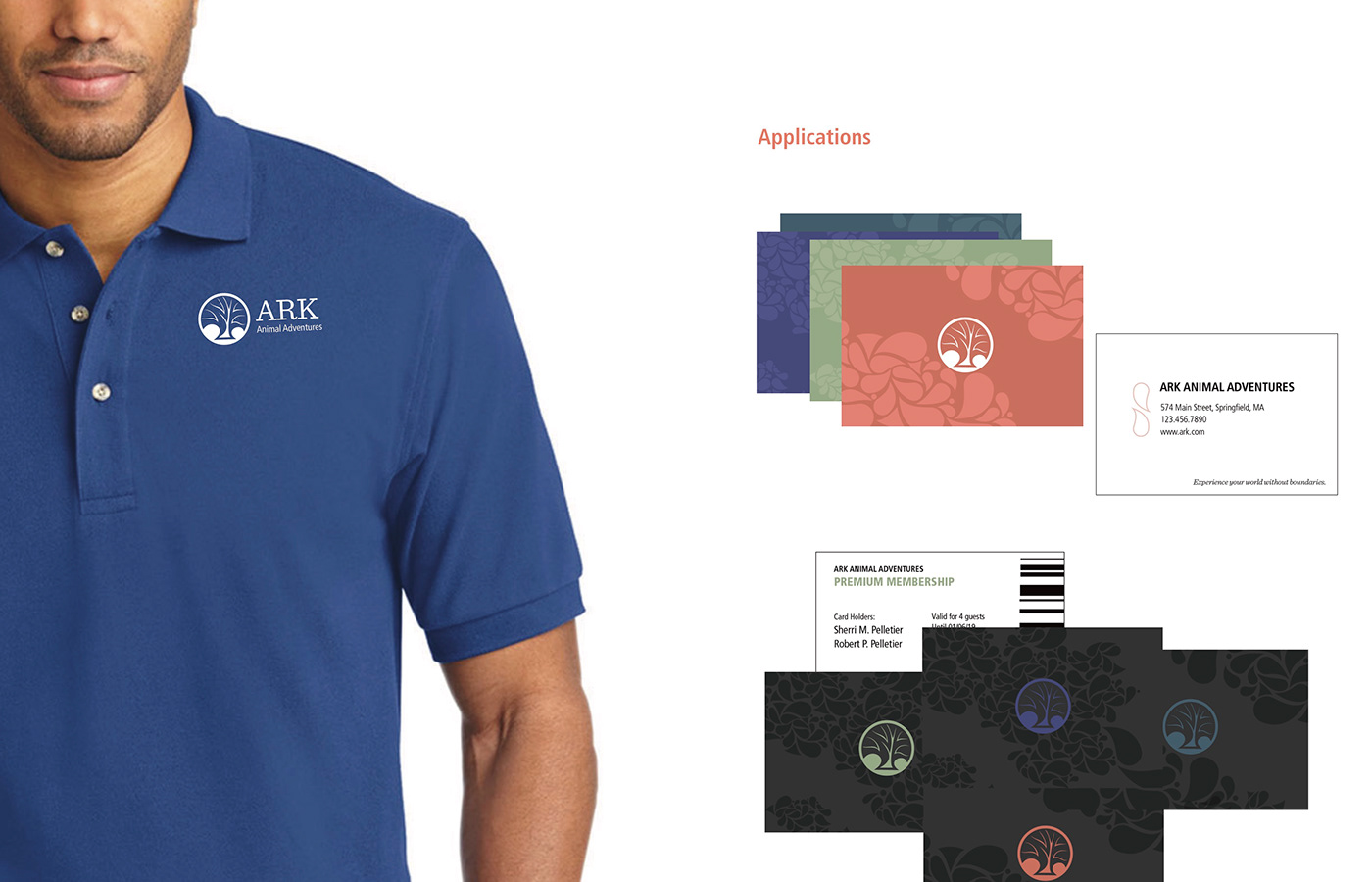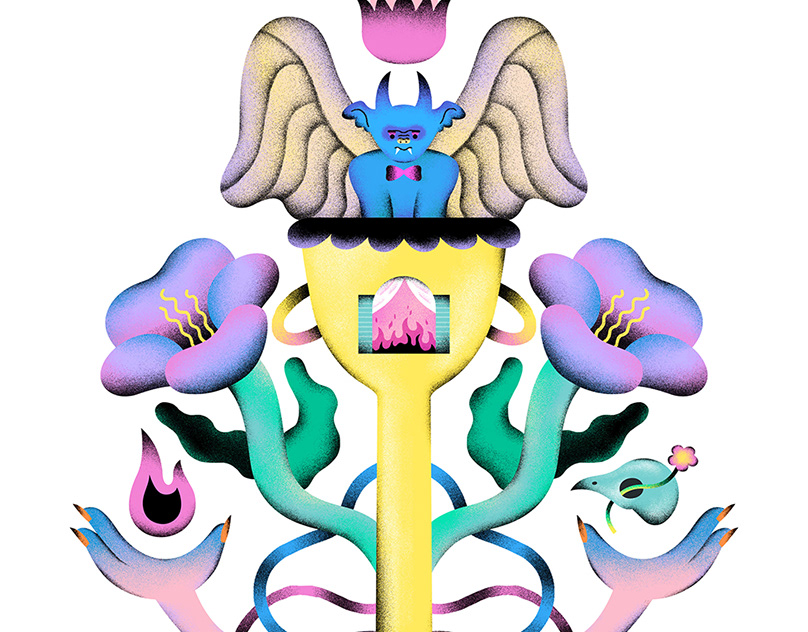ARK Animal Adventures
Zoos today, though they do assist with conservation work, are still just a business built on entertainment. They do somewhat educate the public, but the way we view animals is being ltered and curated, leading to inauthentic experiences that give people the wrong idea about the relationship between humans and other animals. This only emphasizes the idea that they are there for entertainment, instead of being seen as living beings with varying levels of intelligence. My project aims to steer the industry away from sensationalizing animals for our entertainment, and to educate children early about respecting animals and their environment, and to fight fear with knowledge. Instead of bringing animals into our world to view them, we will take a step into their world.
This new small animal park will allow hands-on education in a way that typical zoos do not, and will take steps to change the way we view animals and wildlife in general. It will differ from existing zoos by being much more interactive, allowing guests to step into a collection of ecosystems that serve to give an unaltered experience with nature. Complete with a business plan, branding and marketing strategies, mapping and wayfinding, and visitor guidebooks, this park will be inclusive to all with a special focus on education of children, working to dispel fear of reptiles and bring a wider understanding of our world.
Concept poster
I don’t dislike modern zoos for the typical reasons; people who think it’s cruel to the animals, or that they are treated poorly, and don’t have enough space. This may be true some places, but it wasn’t my main concern coming into this project. I wanted to get people up close and personal with the smaller, underrepresented species and make strides towards ending the sensationalization of animals for our entertainment. The more we separate ourselves from nature, the more “other” it becomes, until we no longer look at animals as intelligent beings, but as objects that exist for our entertainment.
Even outside of zoos, you see this trend of animals being a sort of novelty, or something to show off. People impulse-buy animals because they think it’s “cool” but don’t consider or care about the long term implications or the quality of life they are giving to this creature they have taken responsibility for.


Logo and Branding
This asymmetrical logo is made of organic shapes, the tree being used to represent nature as a whole, not just the animals within it



Signage
Signs introduces visitors to each ecosystem, the types of animals it hosts, and the struggles it faces in terms of conservation.





Additional signs outline the specific animals that can be found in each room, color coded depending on what type of animal it is. You can read up on each species appearance, diet, size, lifespan, and scientific classification. At a quick glance, you can see what animal types are abundant in different ecosystems.




Mailing Promotion


Architectural model
The main central area of the building is to be a rotating exhibit area where animal presentations, lectures, and temporary exhibits take place.
Guidebooks
While going through exhibits, you can grab a guidebook to help you navigate and identify each habitat’s flora and fauna. With large pictures and detailed descriptions, it will catch kids eyes as well as be an informational tool for anyone seeking a more educational experience. At the front of the booklet is a tear-out activity scavenger hunt to engage kids and get them involved and engaged in learning. Each species in the book includes hints on how best to find them in the exhibit.









